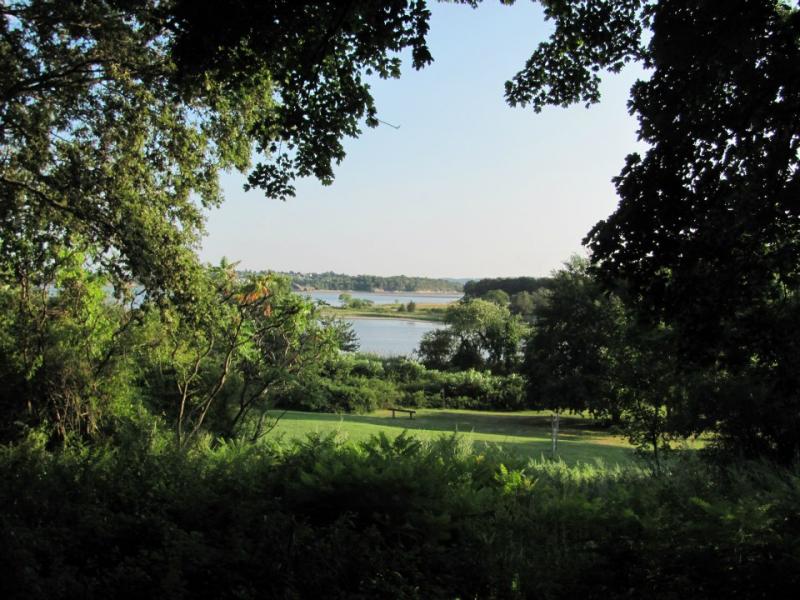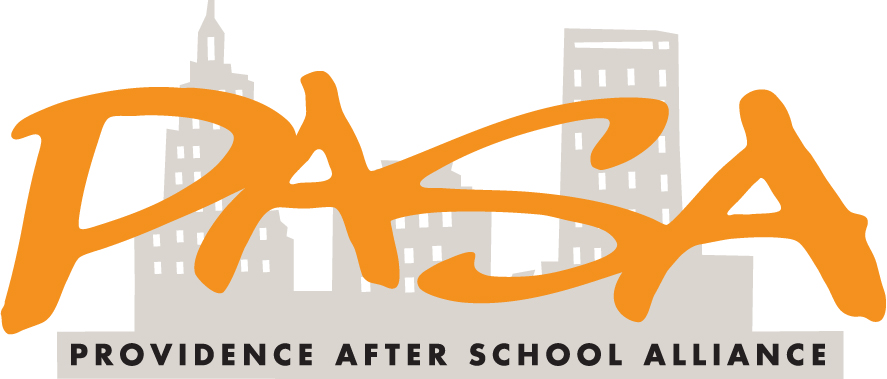
This post was written by Boston After School and Beyond, an Every Hour Counts partner. Boston After School & Beyond is a public-private partnership that seeks to ensure that every child in Boston has the opportunity to develop to his or her full potential. Boston Beyond mobilizes partnerships among program providers, philanthropy, business and higher education, and the City of Boston, especially the Boston Public Schools.

Together with an outstanding team of educators from Thompson Island Outward Bound Education Center, we had the pleasure of participating in a recent workshop hosted by The After-School Corporation and Every Hour Counts, facilitated by Cary Sneider, lead writer of the Next Generation Science Standards (NGSS), and supported by the Noyce Foundation. Our revelation while working with Cary was this: though the performance standards of the NGSS are almost identical to the existing Massachusetts curriculum frameworks, the NGSS brings them to life through a three-dimensional approach to teaching science.
When core disciplinary ideas are integrated with practice and crosscutting concepts in this way, STEM subjects become an ideal platform for teaching the skills necessary to achieve, connect, and thrive at school, in the workplace, and in life. (You can read more on that in this FUSE: Next Generation strategy brief.)
During this workshop that included colleagues from the Providence After School Alliance, the Thompson Island team presented a unit from their curriculum, created in collaboration with Boston 7th grade science teachers and the National Park Service, focused around the NGSS core concept of the transfer of matter and energy in ecosystems.
Now Thompson Island — while only a 20-minute boat ride from the Boston skyline — seems like another world with its rolling meadows, pristine salt marshes, rocky shorelines, and wild turkeys flying through the trees overhead (seriously). Set loose in one of these salt marshes, teams of students practice creating a model of the ecosystem by investigating its inhabitants—from the decomposers in the mud to the consumers lodged in a fish trap—and their relationships with one another.
As we work-shopped this curriculum, we percolated some great ideas to extend the lesson through engineering design challenges back at school. Maybe students could design a filtration device that behaves like the plants in the marsh. Or they could design a fish trap built to minimize bycatch.
But so what? How many urban schools and community centers have salt marshes and wild turkeys in their parking lots? Though this island experience is not conducive to replication, the partnership model behind it is. When teachers, STEM content experts, and organizations that prioritize social emotional learning work together, amazing things happen. Boston After School & Beyond works to catalyze and cultivate these relationships because such collaborative efforts are vital to igniting students’ interest in STEM, and teaching them the skills that they need to succeed in any challenge—design or otherwise.
